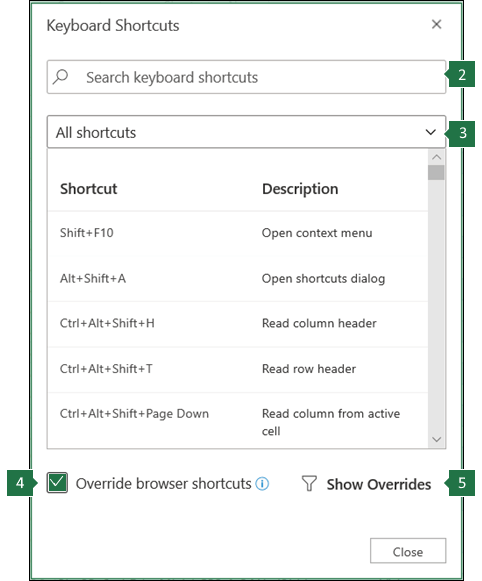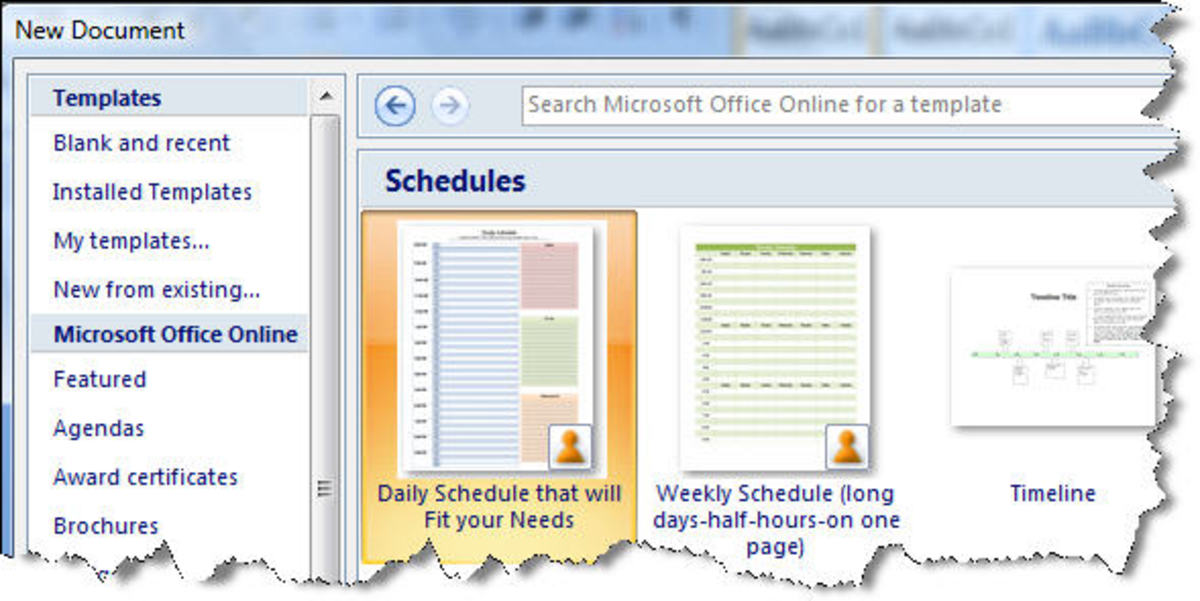

- #MICROSOFT OFFICE 365 EXCEL KEYBOARD SHORTCUTS UPDATE#
- #MICROSOFT OFFICE 365 EXCEL KEYBOARD SHORTCUTS SERIES#
You can also fill a series of numbers using linear or growth progressions, as well as specify your own custom list to use as the basis for a fill. Try it yourself with your own values, or type Q1, or Q1FY09, or 1Q2009 and drag fill it down (grab the lower right corner of the selected cell and drag). Once you get to the end value youâre looking for, let go of the mouse:
#MICROSOFT OFFICE 365 EXCEL KEYBOARD SHORTCUTS UPDATE#
This will fill the Quarter number from 1 to 4 and then update the year that follows: There are also some handy series commonly used in finance that can automatically be filled in like 1Q2010. I type 1 in A1 and 2 in A2, select both cells, click and drag the fill handle down and now I have a numbered list as large as I need.Įxcel can automatically fill a large variety of series including the months, days of the week, dates, text, and formulas. One of the most common ways that I use it is to create a numbered list. While CTRL + F1 brings up the Number tab of the Format Cells, CTRL + SHIFT + F brings up the same dialog, but with the Font tab active.ĪutoFill is a really powerful feature that saves a lot of time typing repetitive series. If you wanted a chart sheet instead of a chart object on a worksheet, type F11 instead.

If you donât like the default column chart that gets inserted, notice that on the Insert Chart dialog there is a button named âSet as Default Chartâ, so all you need to do is pick the chart type you like and click that button: I love this one â just highlight some data in the grid and type ALT + F1 to get a chart inserted onto the same sheet youâre working with. F12 or ALT + F, then A (if you like the file menu) will automatically bring up the Save As dialog. But if youâre working on a workbook thatâs already been saved, and now want to save it with a new name (sometimes I do that for versioning my work and maintaining backups of my progress), itâs useful to be able to quickly bring up the Save As dialog. The Save As dialog will come up when typing CTRL + S as long as the book youâre working on has never been saved. Inserting more rows or columns (after the first insert, see Part 1 of this series for an example).Applying complex formatting to a cell (could also use the format painter).

Use F4 to repeat the last thing you did, a great shortcut especially if the action just took several clicks. In Part 3 of my series on Excel shortcuts, Iâm going to focus on a few miscellaneous shortcuts that help out with daily tasks. Todayâs post is brought to you by Chad Rothschiller a Program Manager on the Excel team.


 0 kommentar(er)
0 kommentar(er)
